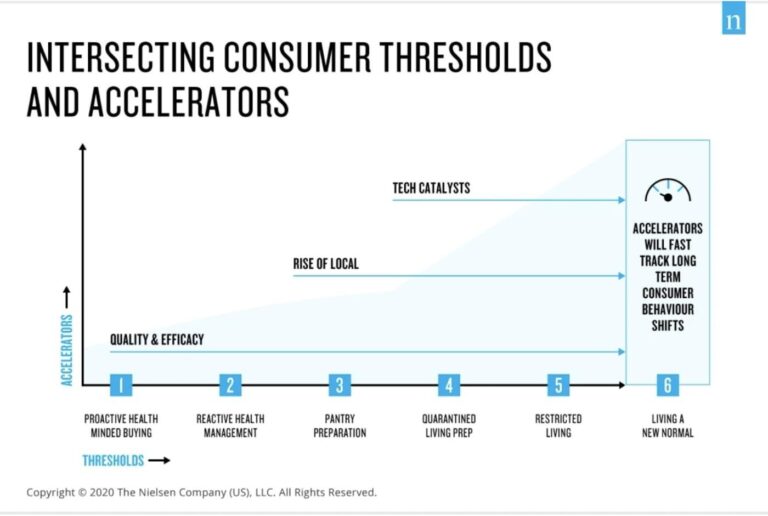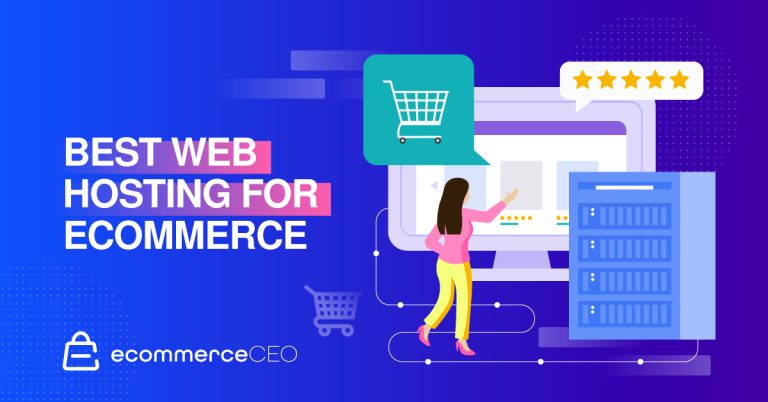A study conducted by Adobe Commerce shows similar findings. Sixty-seven percent of respondents say that they expect to receive personalized suggestions based on their spending habits. Seventy-two percent of Generation Z, 78% of millennials, and 66% of Generation X survey respondents say receiving these promotions will increase their likelihood of purchase.
Improving your customers’ shopping experience with personalized product recommendations will encourage them to stay with you, buy again, and talk about you across channels.
It also leads to more revenue and growth for your brand — as proved in an Elsevier study, “Personalized product recommendations and firm performance,” which shows the relevance of personalized product recommendations potentially boosts revenue by a significant 30%.
When a brand fails to deliver a personalized experience, 62% of consumers say the brand will lose their loyalty, as noted in Segment’s “The State of Personalization 2022” report.
3 Tips To Implement Personalized Product Recommendations The Right Way
Personalized product recommendations are a great way to increase loyalty and revenue, but they have to be executed right. Here are some tips to help you make sure your product recommendations are as effective as possible.
1. Collect First-Party Data
First-party data is information collected directly from consumers who have agreed to share it with your business. It can include everything from survey results, consumer surveys, and reviews, as well as purchasing history and demographic information — all of which help you create personalized product recommendations for your customers.
According to the Segment report, 37% of brands solely use first-party data to personalize customer experiences, a 6% point increase compared to 2021.
Shopify’s “Future of Commerce 2022” report also shows that “42% of brands plan to offer their customers personalized product recommendations through quizzes, custom mobile apps, and first-party or third-party behavioral data.” By using several ways to collect customer information, you can get a more comprehensive dataset of customer habits and preferences.
2. Adopt Product Recommendation Engines
Product recommendation engines are an excellent way to show customers what they want to see.
They’re powered by artificial intelligence (AI) and can use the following to predict what a customer may want in the future, including:
- Past browser history;
- Current purchasing behavior;
- Feedback;
- Most-viewed products;
- Preferences; and
- Previous purchases.
If you’re wondering about the best type of product recommendation engine for your business, there are a few different options to consider.
Collaborative Filtering Systems
Collaborative filtering systems recommend products based on the user’s past purchases and what other users have purchased with those products.
Content-Based Filtering Systems
Content-based filtering systems recommend products based on the product’s characteristics — the algorithm looks at the product’s features or attributes to determine if it should be recommended.
Hybrid Recommendation Systems
Hybrid recommendation systems combine collaborative and content-based filtering techniques to produce relevant recommendations.
3. Develop Your Personalized Product Recommendation Strategy
The next step is to develop a strategy for your personalized product recommendations. This means identifying all the ways you can use product recommendations, from suggesting items that fit into an existing cart to offering new items for browsing. It also means determining how your customers will interact with these recommendations.
Here are some tactics you can apply.
Show Recommendations Across Product Pages, Emails, and Pop-Ups
Personalized product recommendations should be visible everywhere. They should be shown on the product page and in emails promoting that product. They can also be shown in pop-up windows when visitors are about to leave your site.
Show Relevant Reviews and Ratings
It’s essential to provide customers with reviews of both products they’re considering and similar products. This will help them understand how other people feel about a product before making a purchase decision.
Ratings can also help them make an informed decision. If many say they love the product you’re recommending, customers will think it’s worth checking out.
A/B Test Everything
Don’t be afraid to experiment with different personalization strategies and see what works best for your customers. Then use that knowledge to continue improving your personalization efforts going forward.
Start Offering Personalized Product Recommendations
By recommending products based on past purchases, customer preferences, and browsing behavior, brands and retailers benefit from increased customer retention rates and higher overall revenue from repeat customers. Those who receive personalized recommendations are more likely to buy again than those who don’t.
To increase revenue through personalized product recommendations, brands and retailers need to identify the right data sources for their needs and deploy technologies that can understand what customers want based on their previous purchases.
Then put together a strategy for how best to present those recommendations to enhance shopping experiences and maximize sales.
Download Salsify’s “Essential Steps for Building an Ecommerce Personalization Strategy” guide to learn more about the fundamentals of a winning personalized product recommendation plan and how to start building it.







